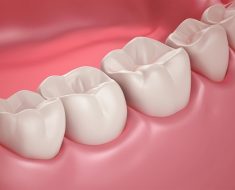
(HealthDay)—In men with low-risk and intermediate-risk prostate cancer, stereotactic body radiotherapy is associated with low rates of severe toxic events and high rates of biochemical control, according to a study published online Feb. 8 in JAMA Network Open.
Amar U. Kishan, M.D., from the University of California in Los Angeles, and colleagues assessed long-term outcomes after stereotactic body radiotherapy for low-risk and intermediate-risk prostate cancer. A total of 2,142 men (mean age, 67.9 years) who participated in phase 2 clinical trials between 2000 and 2012 were followed from Jan. 1, 2013, to May 1, 2018 (median follow-up, 6.9 years).
The researchers found that the seven-year cumulative rates of biochemical recurrence were 4.5 percent for low-risk disease, 8.6 percent for favorable intermediate-risk disease, 14.9 percent for unfavorable intermediate-risk disease, and 10.2 percent for all intermediate-risk disease. The crude incidence of acute grade 3 or higher genitourinary toxic events and gastrointestinal toxic events was 0.6 and 0.09 percent, respectively. For late grade 3 or higher genitourinary toxic events, the seven-year cumulative incidence was 2.4 percent; it was 0.4 percent for gastrointestinal toxic events.
“These data suggest that stereotactic body radiotherapy is an appropriate definitive treatment modality for low-risk and intermediate-risk prostate cancer,” the authors write.
Source: Read Full Article





